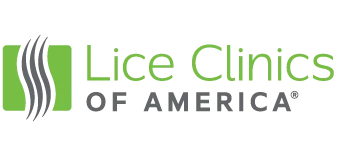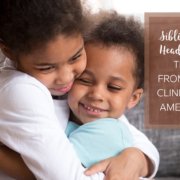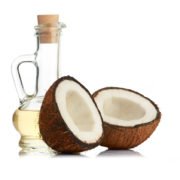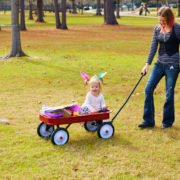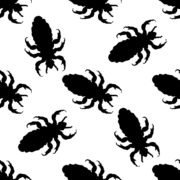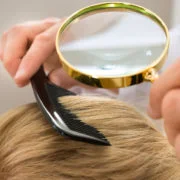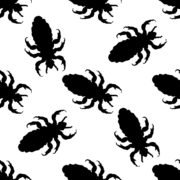Lice Clinics of America – College Station, Tomball, and The Woodlands Supports Moms for Mother’s Day
“We want moms to know we’re here for them on Mother’s Day and all year,” said Sonia Watt, owner of Lice Clinics of America – College Station, Tomball, and The Woodlands. “We know how much stress and pressure moms face under normal circumstances, and when head lice enter the picture, it can feel like fuel to the ‘fire.’”
Indeed, many Lice Clinics of America treatment centers were launched by moms after dealing with head lice in their own families. It’s no wonder the clinics are champions of moms everywhere. “Experiencing head lice can be an exercise in futility for moms because there’s so much misinformation and confusion about how to treat infestations, what works, and what doesn’t work,” Watt said. “Most of us have experienced it in our own lives and we see it every day in our clinic.”
“We want to educate and support moms with the facts about head lice,” Watt said. “The two most important facts moms need to know is that head lice have nothing to do with hygiene, and that most head lice are now immune to the pesticides used in the most popular lice products.”
“The stigma that head lice are caused by dirty homes or hair keeps people from seeking treatment which then results in worsening and persistent infestations,” Watt said. “And when moms try to treat head lice on their own, they often fail with products that no longer work and grow even more stressed and frustrated.”
Watt’s first and foremost message to moms whose children have head lice is this: You didn’t do anything wrong. “Most moms are embarrassed that their children have head lice, and that feeling can prevent them from seeking treatment, which just makes things worse,” Watt said. “We tell them the Centers for Disease Control and Prevention (CDC) said that ‘personal hygiene or cleanliness in the home or school has nothing to do with getting head lice.’”
The second fact about lice treatment is that most popular head lice products rely on pesticides, but most lice are now immune to those pesticides. A study published in the Journal of Medical Entomology in 2016 found that 98 percent of head lice in the United States and other countries have developed a genetic resistance to pyrethroids, the class of pesticides used by popular lice products. Pyrethroids have also been linked to developmental and behavioral problems in children.
The College Station, Tomball, and The Woodlands clinics are the area’s exclusive provider of lice treatment using the revolutionary AirAllé® medical device. It’s an FDA-cleared, Class I medical device clinically proven to kill live lice and more than 99 percent of eggs (nits) using microprocessor-controlled heated air to dehydrate the bugs and eggs. Most treatments take about an hour and are guaranteed to be effective.
“Our most important message to moms is that a pesticide-free cure is just an hour away,” Watt said. “The joy and relief moms express when they leave our clinic lice-free makes every day feel like Mother’s Day.”
The College Station, Tomball, and The Woodlands clinics also offers pesticide-free, guaranteed home lice treatment and prevention products.
With 330 clinics in 35 countries, Lice Clinics of America is the world’s largest network of professional lice treatment centers. The AirAllé medical device has treated more than 950,000 cases of head lice around the world with a success rate better than 99 percent.
To learn more or to schedule an appointment, visit https://texasliceremovalclinic.com, email info@texasliceremovalclinic.com, or call College Station (855) 464-8688, Tomball (832) 648-1619, or The Woodlands (832) 957-0373.
